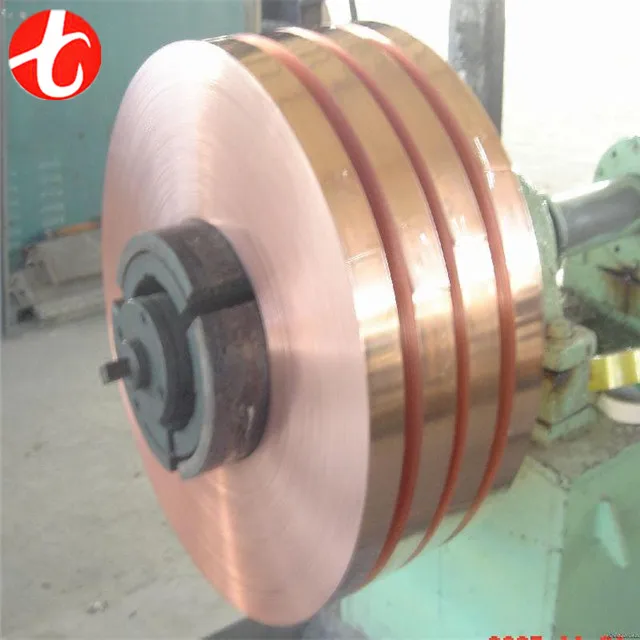

This is about 60% of the estimated 2011 global refined copper production of 19.7 million tonnes. It has been licensed to 102 users and Xstrata Technology, which markets the technology, reports on its website a total installed capacity of some 12 million tonnes per year (“t/y”) of copper production, as of October 2011. The IsaKidd Technology now dominates global copper refining.

The two technologies were brought together as the IsaKidd Technology in 2006, when Xstrata bought Falconbridge. The initial development of permanent cathodes was for internal use, but marketing of the Kidd Process was initiated in 1992 after requests from other refinery operators. MIM Holdings began marketing the Isa Process technology in 1980, as a result of demand from other refinery operators.įalconbridge subsequently independently developed a similar process to improve operations at its Kidd Creek copper refinery, near Timmins, Ontario. The labour force required to operate a refinery using the IsaKidd technology has been estimated at 60–70% less of that required for refineries using starter sheets. It also included substantial automation of the process of inserting the permanent cathodes into the electrolytic cells and their subsequent removal and stripping of the sheets of deposited cathode copper. The development of the Isa Process tank house technology at CRL eliminated the whole process and cost of producing the starter sheets by using stainless-steel permanent cathodes. In addition, limitations associated with the use of copper starter sheets meant that it was difficult to meet the purity specifications of some new copper applications that were, in the 1970s and 1980s, demanding higher quality copper. Originally, the copper starter sheets were separated from the mother plate manually, but over time the process was automated. Generating the sheet took a day, and thousands of sheets could be needed every day. The production of the single-use starter sheets involved laying down a sheet of copper by electrolysis on each side of a “mother plate”. The initial Isa Process development in the late 1970s, with its reusable stainless-steel cathode starter sheets, represented an advance on the previous technology of single-use starter sheets of pure copper, the production of which was a labour-intensive process.

The current IsaKidd technology represents the merger of the copper refining technologies developed by the two different organisations. Under the influence of the applied electrical potential, copper ions migrate from the anode and deposit on the cathode, forming cathode copper.

At the applied electropotential, copper and less noble elements dissolve in the electrolyte, while elements more noble than copper, such as gold (Au) and silver (Ag), do not. The usual process of electrorefining copper consists of placing a copper anode (about 99.5–99.7% pure copper ) in sulfuric acid (H 2SO 4) bath of copper electrolyte, together with a cathode, and passing a current between the anode and cathode through an external circuit. Overview The old way of electrorefining copper (pre-1978) It is based around the use of reusable cathode starter sheets for copper electrorefining and the automated stripping of the deposited “cathode copper” from them. The IsaKidd Technology is a copper electrorefining and electrowinning technology that was developed independently by Copper Refineries Proprietary Limited (“CRL”), a Townsville, Queensland subsidiary of MIM Holdings Limited (which is now part of the Glencore group of companies), and at the Falconbridge Limited (“Falconbridge”) now-dismantled Kidd Creek refinery that was at Timmins, Ontario. A modern copper refinery tankhouse using IsaKidd technology.


 0 kommentar(er)
0 kommentar(er)
